Reviewed by Julianne Ngirngir
After more than four years of waiting, Spotify finally rolled out support for lossless audio playback, and here is the kicker: there is no additional cost for Premium subscribers. Big news for anyone who has been holding their breath since the HiFi tease in 2021. The long delay left Spotify looking behind competitors, so this landing matters for credibility with the audiophile crowd.
The feature delivers 24-bit/44.1 kHz FLAC quality, bringing CD-level sound to what Spotify calls one of its most requested features. The rollout is gradual, with over 50 markets getting access by the end of October. Hear the breath in a vocal, the ring of a cymbal, the quiet between notes. That is the promise.
What makes this lossless rollout so significant?
Remember 2021, when Spotify said a high-fidelity tier was coming, then licensing issues iced the plan? In the meantime, Apple Music and Amazon Music shipped lossless at no extra charge, and Spotify looked late to its own party.
Here is the twist. Spotify had hinted lossless might live behind a pricier plan, yet it arrived inside the current Premium subscription. That puts Spotify back in the fight, while users on the free, ad-supported tier still miss out.
The specs hold up. Spotify Lossless streams at 44.1 kHz, the same sampling rate as CD, but at 24-bit instead of CD’s 16-bit, so you get more data than standard CD quality. The timing helps too, since Spotify recently introduced price increases in multiple regions. Adding lossless without a fee turns a sore point into a perk.
How to actually get lossless on your devices
Here is the practical bit. Premium subscribers will receive a notification in Spotify when Lossless is available on their account. It is already live in places like the US, UK, Australia, Austria, Germany, Japan, with more to follow.
Activation is simple. Tap the profile icon > Settings & Privacy > Media Quality, then select lossless audio quality. One important detail: lossless needs to be enabled individually on each device.
It works on mobile, desktop, tablets, and Spotify Connect devices from Sony, Bose, Samsung, and Sennheiser. Support will expand to Sonos and Amazon devices from October onward, likely covering most home setups.
PRO TIP: When you get the notification, do not assume it is on everywhere. Open settings on your phone, tablet, desktop, and any Spotify Connect speakers you use, then flip the switch on each one.
The reality of listening to lossless audio
For best results, Spotify recommends streaming over Wi-Fi with wired headphones or speakers. That tracks, since Bluetooth cannot fully support true lossless transmission, even though codecs like aptX HD and LDAC can get surprisingly close.
Data use jumps. A lossless CD-quality track burns about 36 MB per minute, compared with about 2.4 MB per minute at Spotify’s Very High setting. Roughly fifteen times more. If your mobile plan is tight, stick to Wi-Fi for lossless.
Files are bigger, so playback might take a second to start. Once cached, it runs smoothly. Think of it like waiting a beat for a high res video to settle.
Bottom line for your ears: you need decent gear and a solid connection to notice the jump. On basic earbuds over a spotty cellular link, the upgrade over Very High may feel subtle.
Where does this put Spotify in the streaming wars?
This move finally gets Spotify on the same field as its main rivals, even if Spotify Lossless does not deliver the same streaming data they do. Apple Lossless is either 48 kHz or 192 kHz, depending on standard or Hi-Res Lossless, and Qobuz and Tidal’s Max format also reach 192 kHz.
Here is the strategic reality. For most listeners using typical gear, the difference between 44.1 kHz and 192 kHz is slim. The headline is that Spotify is no longer the odd one out, especially after watching competitors win goodwill with free lossless.
The timeline tells the story. When Apple Music launched free lossless in May 2021, pressure spiked. Amazon Music then dropped the extra fee for its HD tier. Charging more for lossless stopped making sense. Spotify’s delay, oddly enough, gave it a read on the market and spared subscribers another plan to juggle.
For music lovers who have been waiting years, this is Spotify delivering the highest music audio quality on its platform. Audiophiles who considered jumping ship for sound quality alone finally have a reason to stay.
And yes, folding the feature into the existing Premium tier feels smart. Prices went up in multiple markets, and this reads as added value, not a new surcharge.
What this means for your music listening future
Spotify lossless signals a real commitment to audio quality after years of pause. With 24-bit/44.1 kHz FLAC streaming now available across nearly every song in the catalog, Premium subscribers finally get the CD-level experience they have been asking for.
The gradual rollout through over 50 markets by October means most people will see the toggle soon. If you have quality gear and the data to back it up, this free upgrade turns Spotify from convenience first to a legitimate audiophile option.
Bottom line, keep an eye on your notifications. When lossless hits your account, turn it on. Make sure your setup can show the difference, and maybe check your data plan if you plan to stream lossless on cellular.




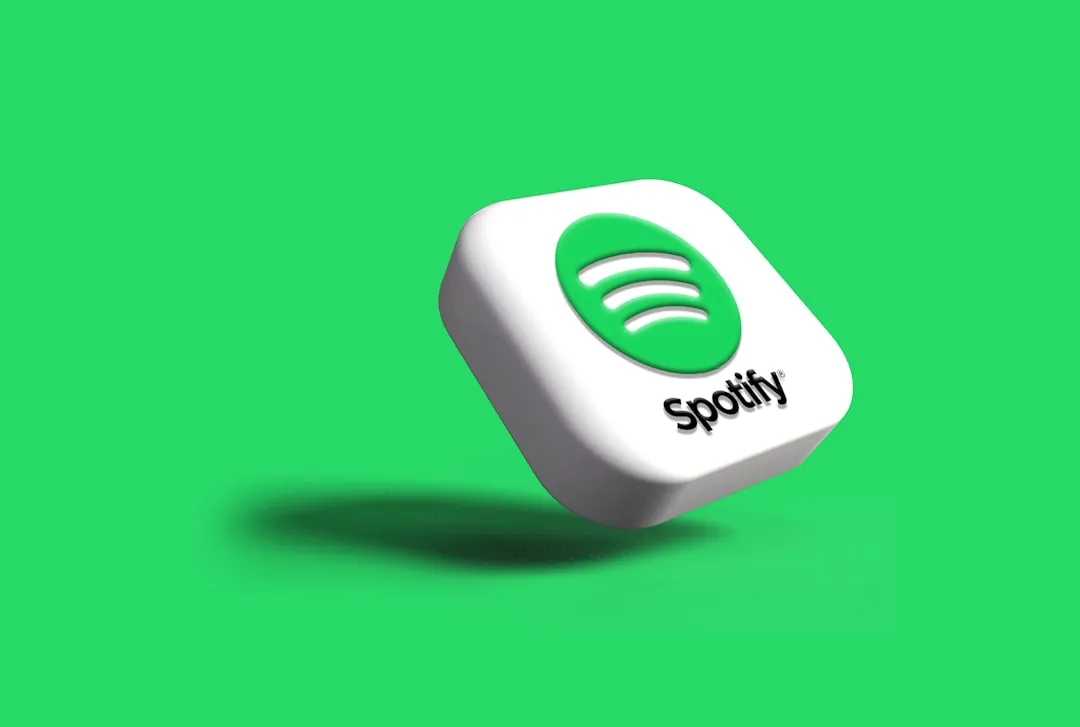
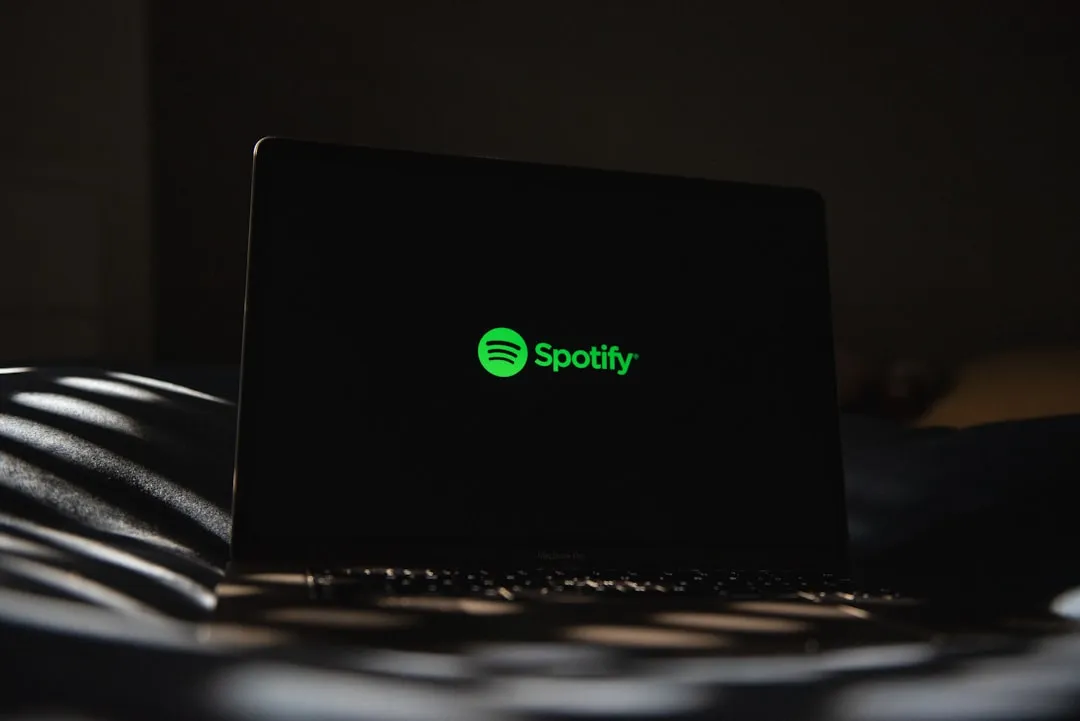



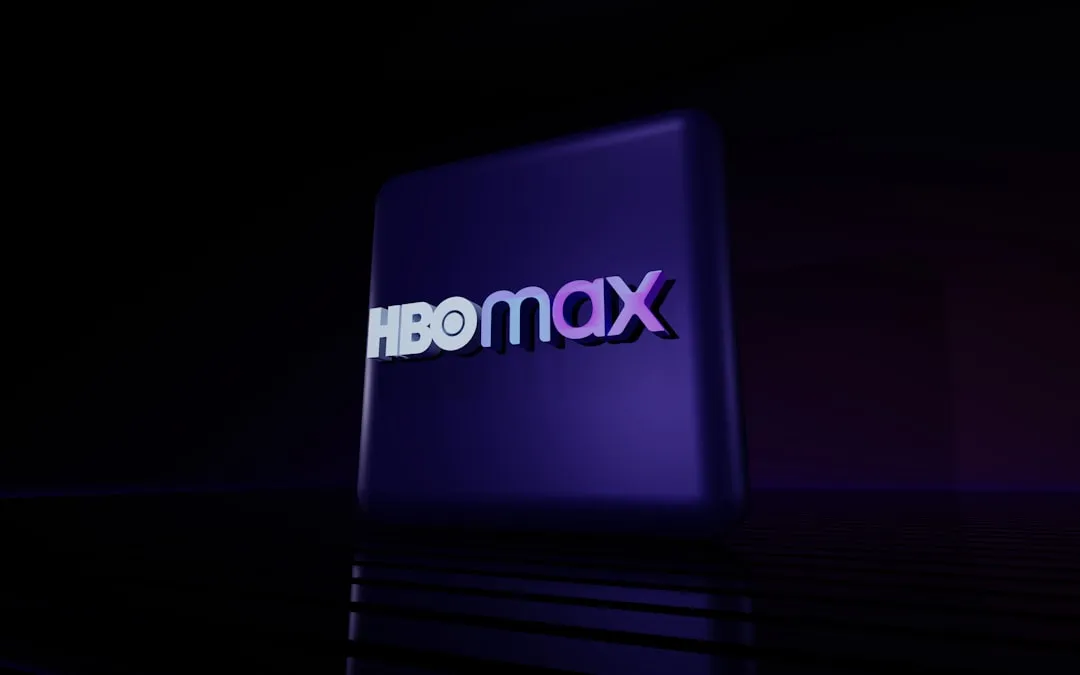
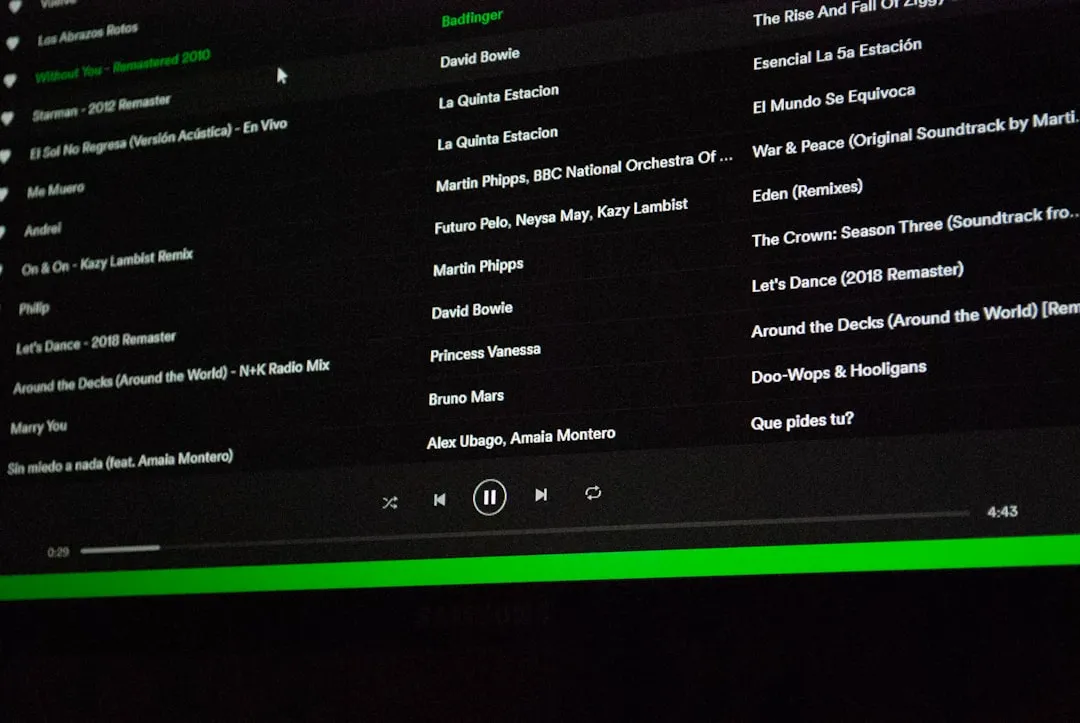
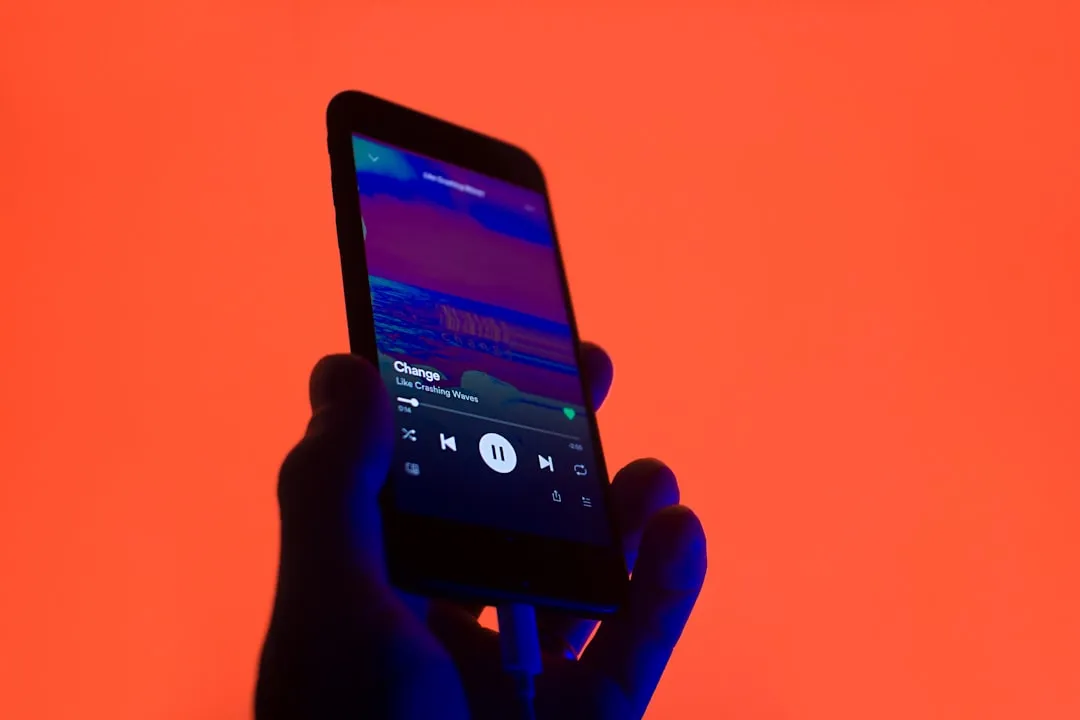
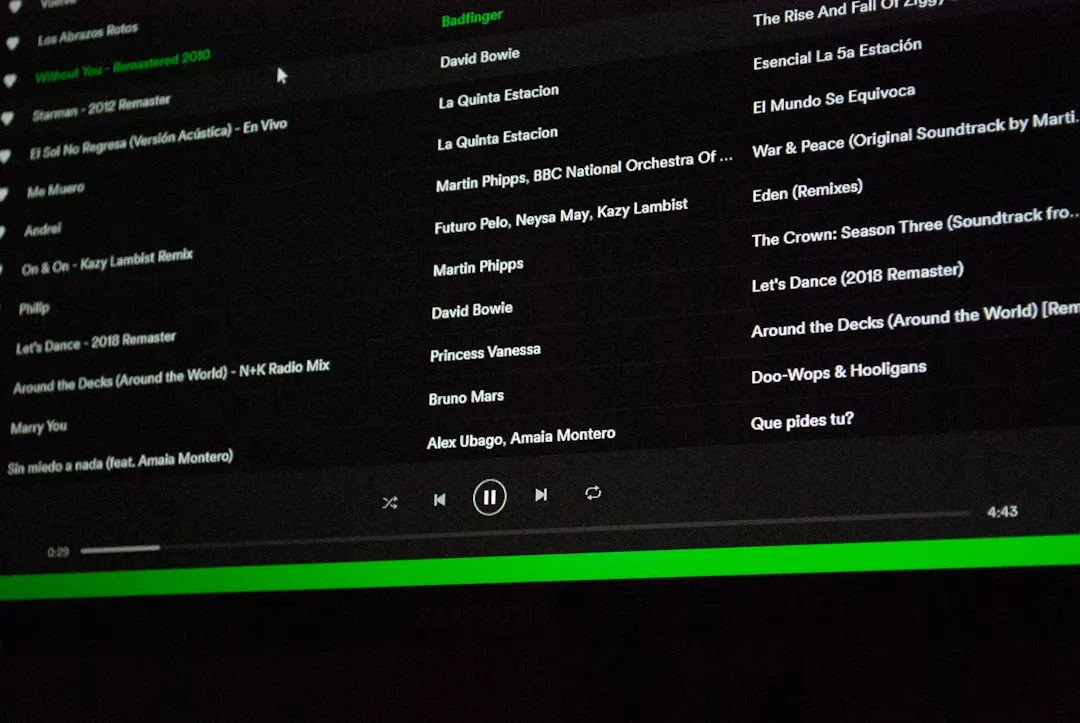
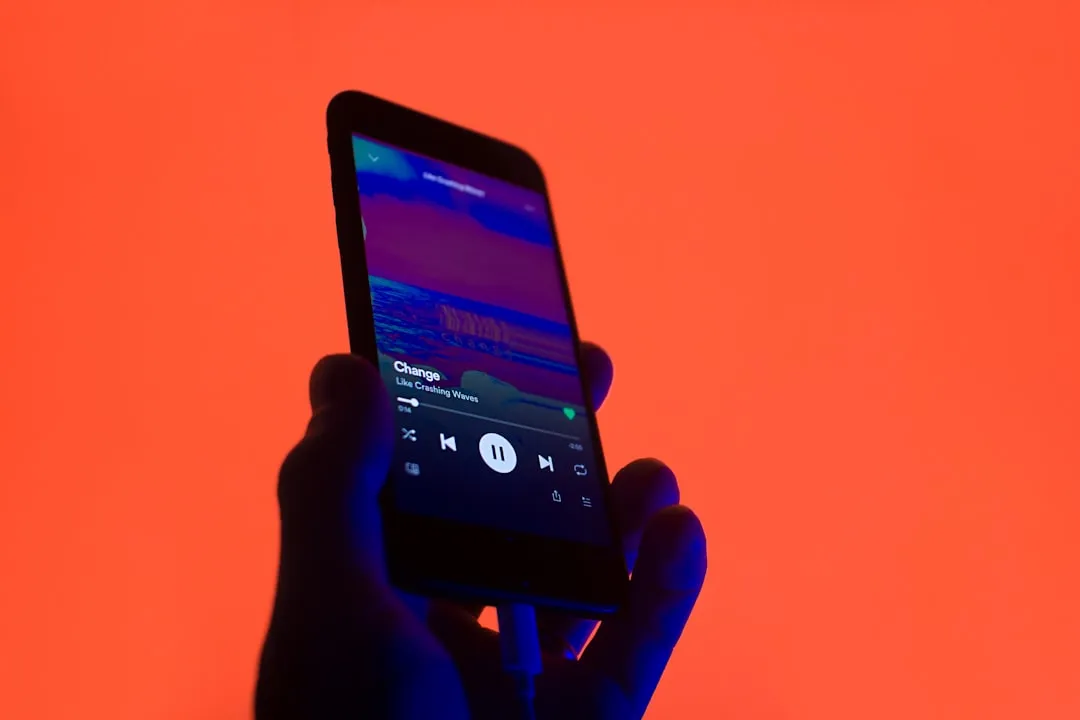
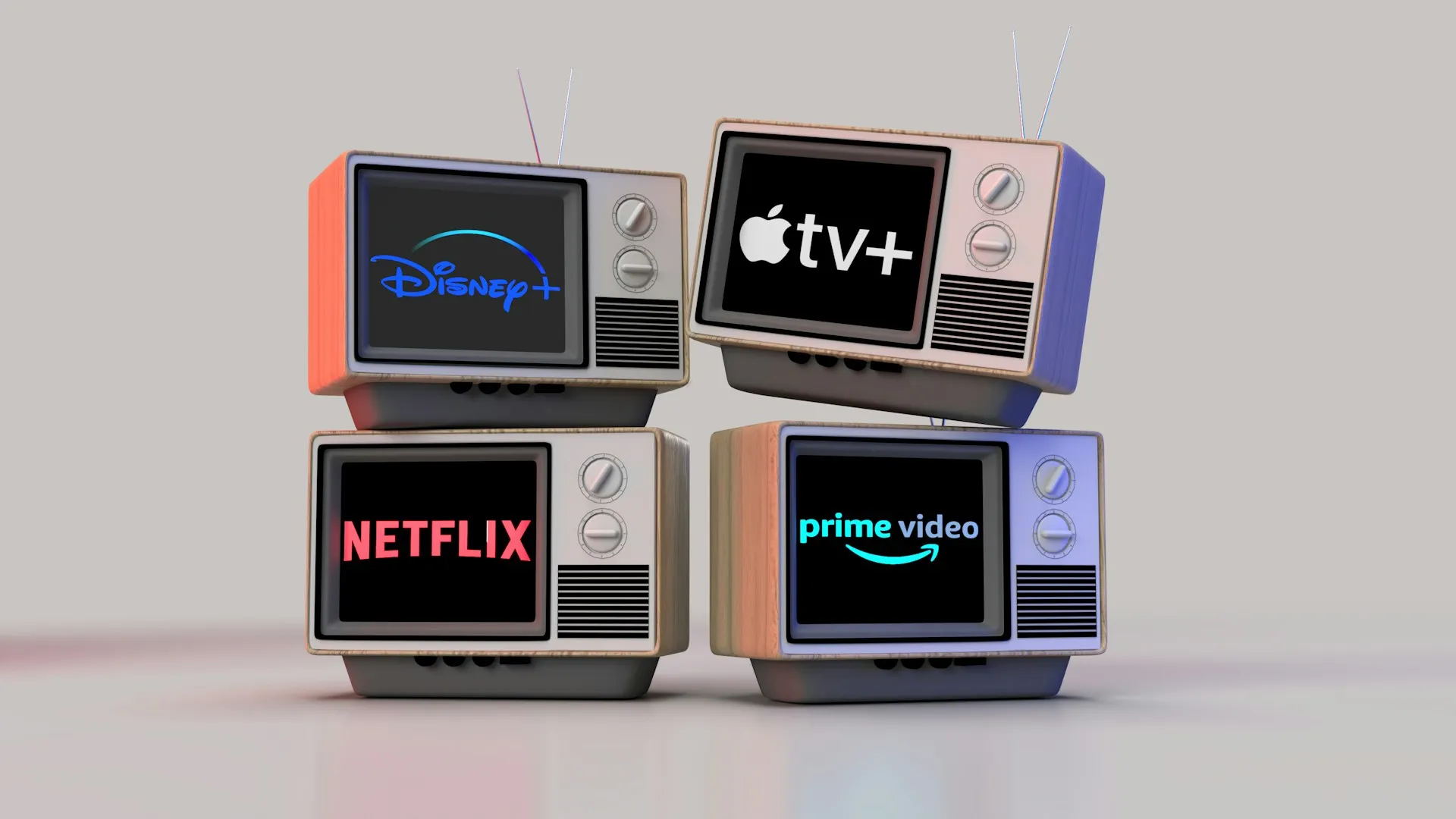
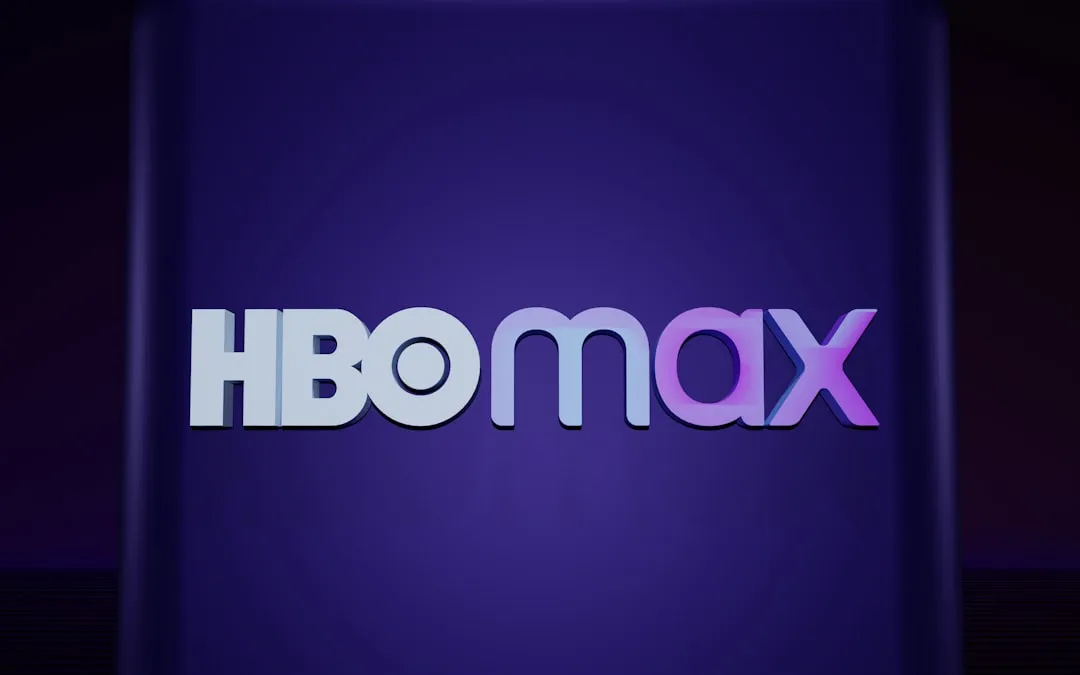
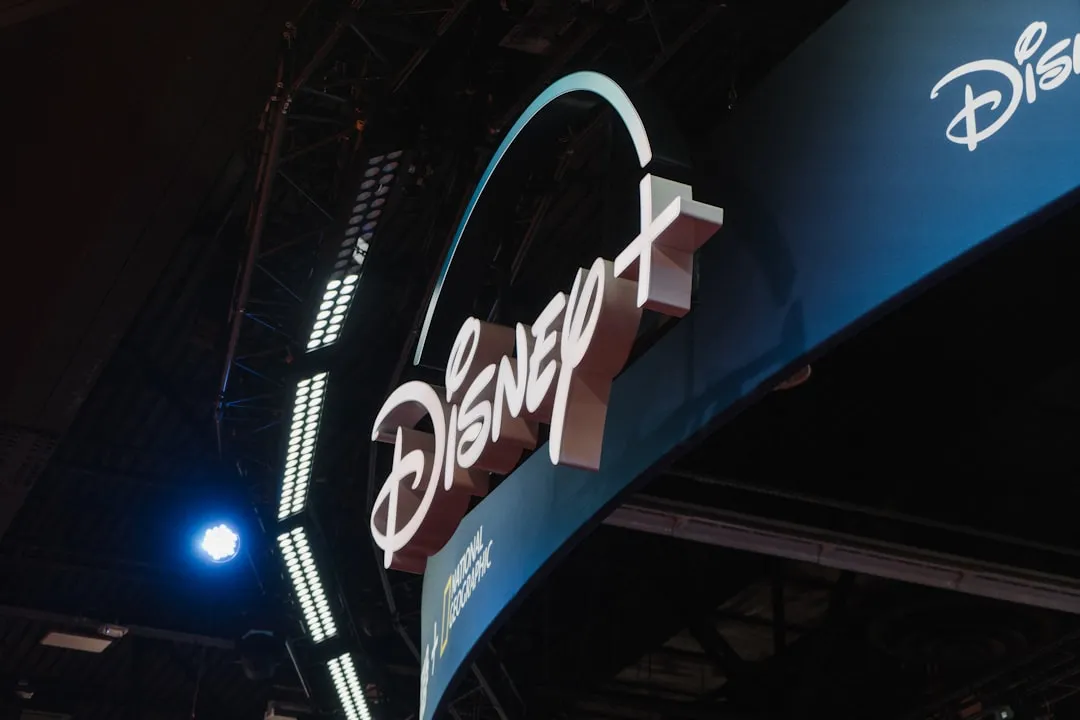


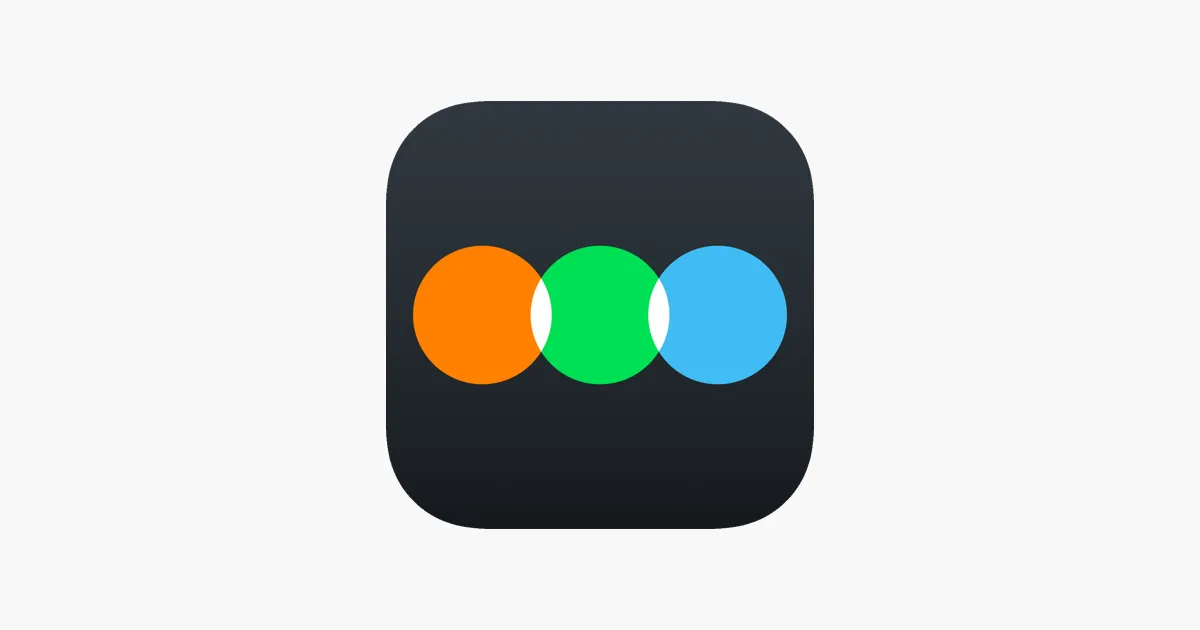

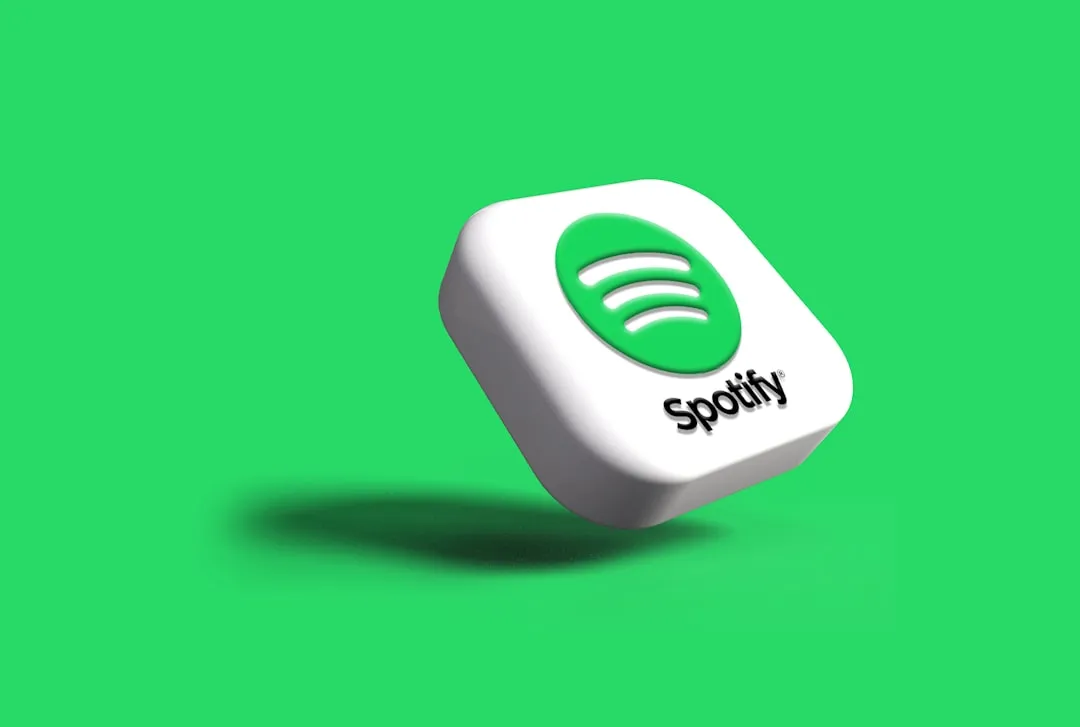
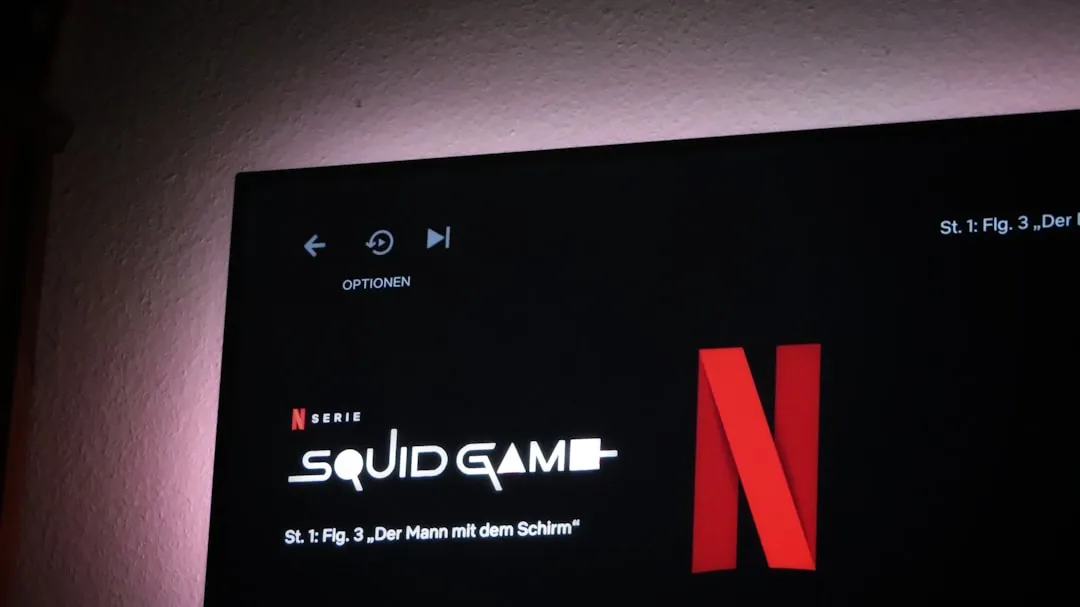
Comments
Be the first, drop a comment!